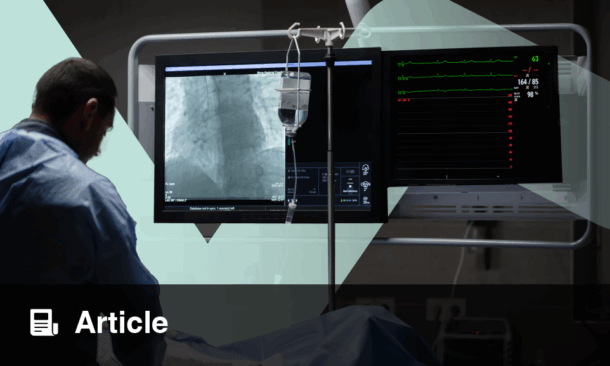ROUTINE use of cerebral embolic protection (CEP) devices during transcatheter aortic valve implantation (TAVI) does not reduce the risk of periprocedural stroke, according to a meta-analysis of individual patient data from the PROTECTED TAVR and BHF PROTECT-TAVI trials presented at EuroPCR 2025.
Stroke remains a significant complication following TAVI for severe aortic stenosis, with embolisation of debris during the procedure being a primary cause. CEP devices are designed to capture this debris and have been widely adopted in an attempt to reduce stroke risk. However, results from large randomised trials have been inconclusive. The meta-analysis combined individual patient data from the two largest randomised studies to date—PROTECTED TAVR (3,000 patients) and BHF PROTECT-TAVI (7,635 patients)—to provide a more definitive assessment of the effectiveness of CEP during TAVI. The modified intention-to-treat population included 10,580 patients, with 5,287 undergoing TAVI with CEP and 5,293 without. Both groups were well-matched in terms of age (mean 80.6 years), sex distribution (less than 40% women), surgical risk scores, and medical history. The primary outcome was the incidence of stroke within 72 hours or by hospital discharge. The analysis found no significant difference in stroke rates between the CEP and control arms. Secondary analyses, including per-protocol and complier average causal effect (CACE) adjustments for non-adherence, confirmed these findings.
These results indicate that routine use of CEP devices does not provide a benefit in reducing periprocedural stroke for the overall TAVI population. For clinical practice, this suggests that CEP should not be adopted as a standard adjunct for all patients undergoing TAVI. Future research should focus on identifying specific patient subgroups who may benefit from CEP, understanding the clinical implications of incomplete device deployment, and developing risk prediction models to better target stroke prevention strategies. Until such evidence emerges, clinicians should carefully consider the use of CEP on a case-by-case basis rather than as routine practice.
Reference
Kharbanda R et al. Meta-Analysis of individual patient data from the PROTECTED TAVR and BHF PROTECTTAVI studies. EuroPCR 2025, 20-23 May, 2025.








